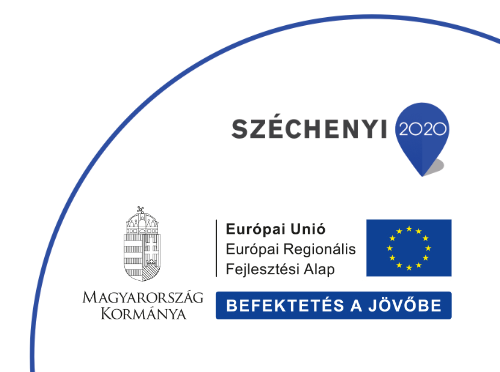Additional financial support in Erasmus+ KA171 International Credit Mobility
The aim of the additional financial support for students with fewer opportunities is to provide equal opportunities for students facing health, cultural, social, economic, or geographical barriers to participate in Erasmus+ higher education mobility.
Who can apply?
- Students attending a higher education institution in PPKE
- or an Erasmus+ partner country in an ongoing Erasmus+ KA171 Program with PPKE awarded with support for fewer opportunities grant
- who are applying for or have already been awarded an Erasmus+ mobility programme place for study, traineeship, or short-term mobility.
- Additional support is not available for mobilities already completed at the time of application!
The amount of additional financial support
For study mobility and traineeship mobility, € 250 per month.
For short-term student mobility, a one-off grant of € 100 (for mobility of 1-14 days) or € 150 (for mobility of 15-30 days) on top of the Erasmus+ basic grant awarded.
The project owner higher education institution will transfer the additional support together with the basic grant declared in participant’s grant agreement.
How to apply?
Applications should be submitted to the sending instutition’s Erasmus+ coordinator in the manner and by the deadline specified in the call for tudents with fewer opportunities participating in mobility in the Erasmus+ KA171 international credit mobility programme.
The formal assessment of fewer opportunities applications is carried out
- in the case of outgoing mobilities, by PPKE;
- for incoming mobilities, by the sending foreign partner institution.
For further information, please contact your institutional Erasmus+ coordinator!
Criterias for fewer opportunities support
The list can be supplemented by aspects related to the individual needs of the beneficiary and the
documents required for the application.
- Participants with health conditions
- Difficulties related to education and training systems
- Vulnerable social groups
- Social difficulties
- Economic difficulties
- Geographical difficulties
- Other


